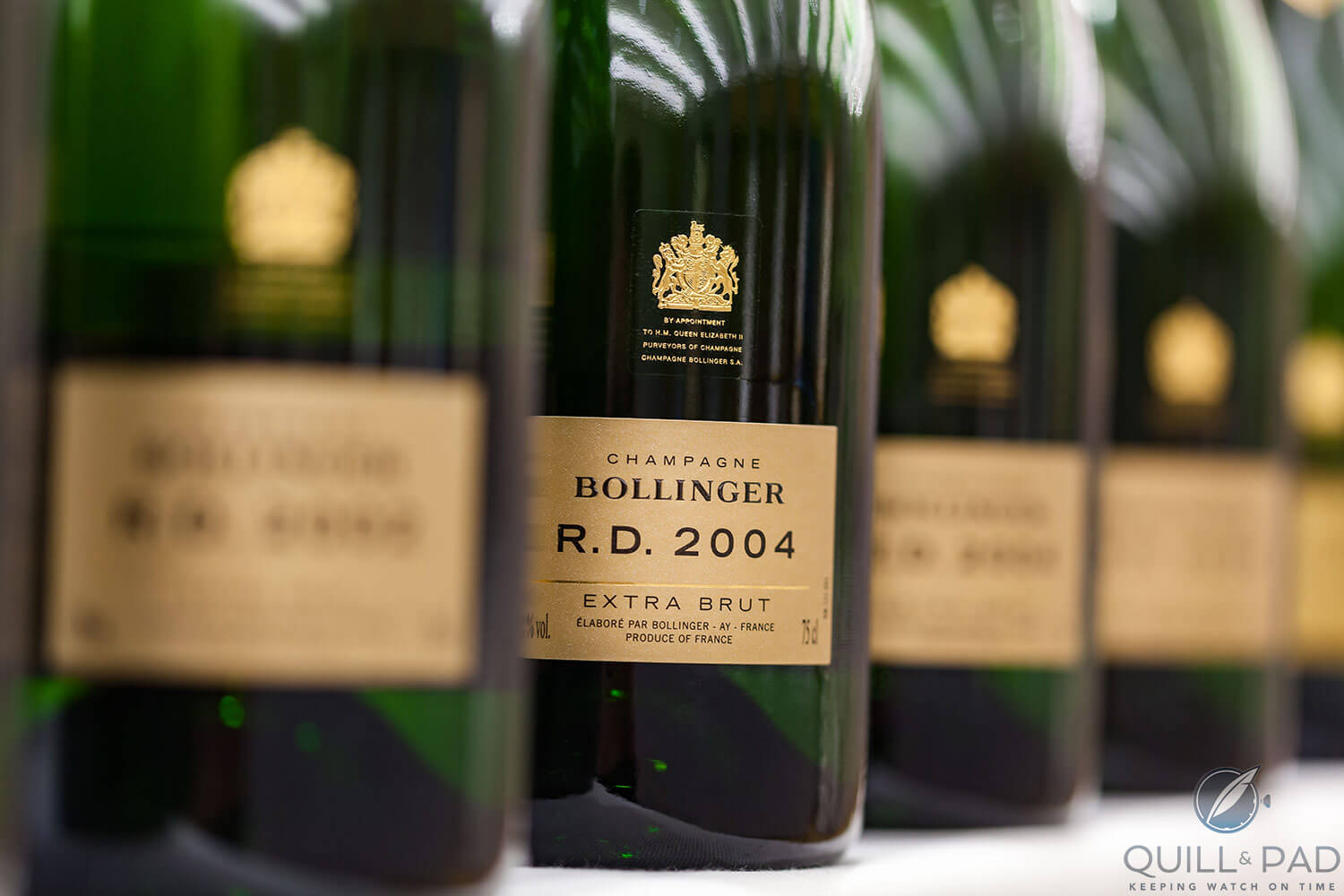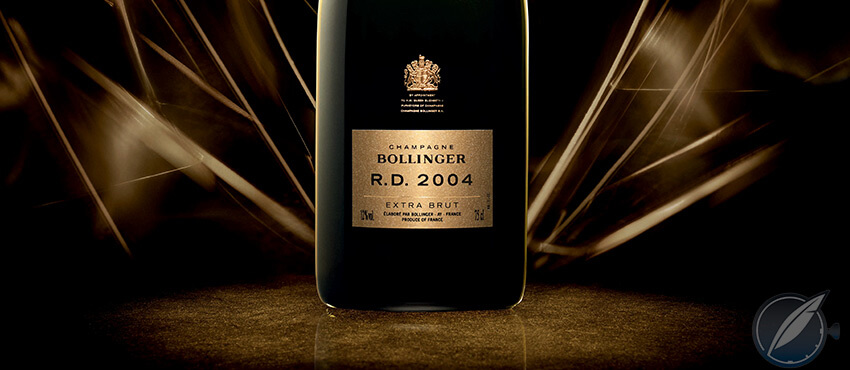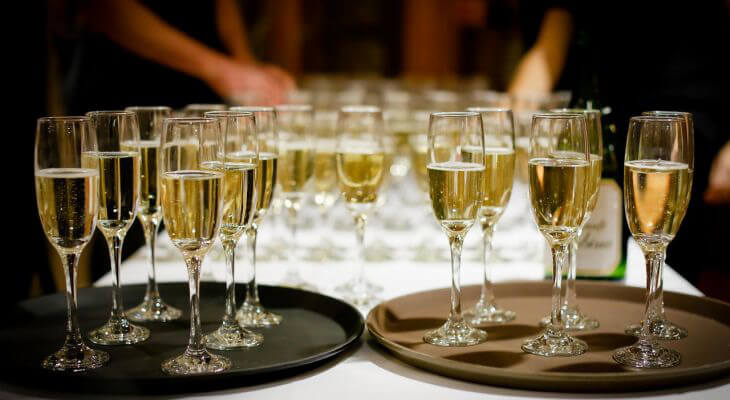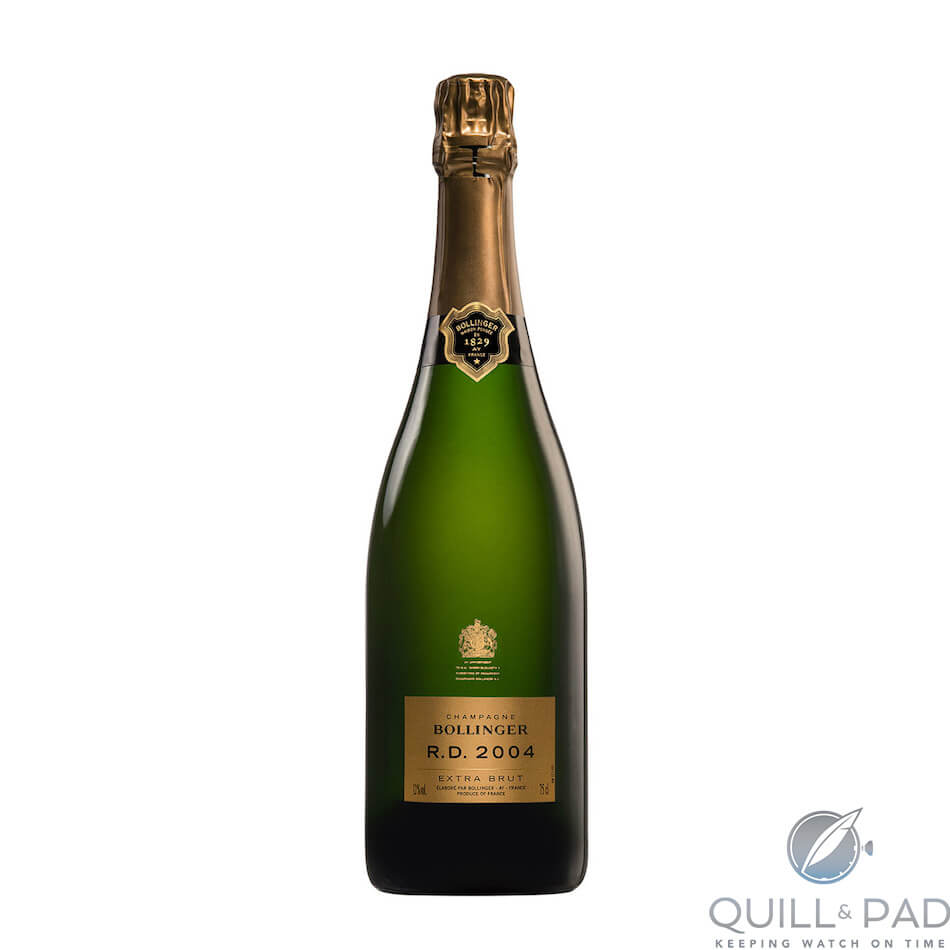Bollinger RD 2004: When It Came To Champagne (And Much Else), Madame Bollinger Had Excellent Taste
by Ken Gargett
There is a lovely story about the wonderful Madame Bollinger from the early 1950s, which one rather hopes is true.
Champagne houses at the time were adding to their portfolios by creating the prestige cuvees for which many of them are so famous today. The team at Bollinger approached the indomitable lady and suggested that it too should develop a prestige cuvee for its customers.
Madame Bollinger immediately dismissed the idea. How could they possibly create a prestige cuvee as the pinnacle of the firm’s range? For years, she had assured her customers that they made the very best possible champagne they could. Now she was expected to go to them and say that here was something that exceeded “their best possible?” She would not do it.
Madame Bollinger was no fool. She had a better idea. She would look to her brilliant vintage champagnes and, in certain appropriate vintages, hold them back for more time on lees. And with that, RD was created. Reality may be slightly more prosaic but I’m happy to go with that story, apocryphal or not.
Elisabeth Lauriston Bollinger was 47 years of age when her husband passed away in 1941. There was no other heir, and despite her sheltered life and lack of experience she took over the house. Time would reveal that she did an extraordinary job in incredibly difficult circumstances until her own passing in 1971.
Bollinger is seen as one of the elite smaller producers and is perhaps best known as the champagne of 007. It was not always so, as in the books and the early films a range of champagnes were enjoyed (Taittinger’s Comté and Dom Pérignon both appeared regularly), but the producers of the franchise wanted a quality family product, much in the way they saw their films, and met with Bollinger. It is a collaboration that has lasted far longer than many marriages.
Bollinger’s number-one export market is the UK. Surprisingly, number two is Australia, where it is both highly regarded and much loved.

RD stands for “Recently Disgorged.”
Vintage champagne must spend at least three years on yeast lees before disgorgement, though in practice four to ten years, or even more, is the norm. Bollinger leaves a small percentage of its normal vintage champagne, Grande Année, on lees (residual yeast) for later disgorgement, though whether it will be released commercially depends on how it develops.
This extra time imbues the wine with additional complexity, often in the form of increased toastiness and truffly notes.
The first RD was the 1952, which was released in June 1967.
At that time, most champagne was drunk young and fresh; older champagne was largely restricted to a small coterie of wine lovers. Madame Bollinger knew this but she also knew how good mature champagne could be. There was also no great love of lower dosage champagne but, again, Madame Bollinger knew the glories that this style could offer.
She also knew that more mature champagnes needed less dosage to reveal their hidden depths.

These days, there is a push for as much information as possible, not just with champagne but all wines, although many producers have resisted this. Madame Bollinger put the date of disgorgement on the bottle, right from the first vintage – unheard of at the time.
Disgorgement is the process in which the lees (deposits of dead yeast) are removed from the bottle; lees result from the yeast consuming sugar in the base wine and transforming that into alcohol and carbon dioxide, which leaves dead yeast cells behind.
The cap or agrafe cork (rare these days, but used by Bollinger for its vintage and RD) is removed after the “muck” has collected at the base of said cap/cork (bottle inverted, but that is a separate process) and frozen (ditto). The “muck” shoots out; dosage is added and the bottle re-corked.
RD is undoubtedly a limited-production champagne. Bollinger represents around one percent of the entire production of champagne, and RD is less than one percent of Bolly’s production. There have been 24 previous releases of RD; the latest, the 2004, is the twenty-fifth edition.
And what a wonderful champagne it is, with 2004 giving the wine a glorious level of richness. It is complex with dark fruits, mushrooms, nuts and florals, and notably lemon blossoms. It has impressive length and a wonderfully seductive texture. There is more fruit here than one might have expected, notably stone fruits such as apricots. There is even the slightest hint of pineapple.
This is undoubtedly a champagne worth seeking out – and it should not be that difficult to find over the next six months. Cost will vary, but somewhere between AUD$350 and AUD$500 per bottle is likely.
Before anyone suggests that this is outrageous for a champagne, is there any reason why a wine of this quality, be it a champagne, should not be at a price level alongside that of the great Burgundies and Bordeaux? Many of those wines are far more expensive than this.
Bollinger is very much a pinot noir house, and the 2004 RD is 66 percent pinot noir and 34 percent chardonnay. Dosage is a miserly three grams.

At the time of release, chef de cave Gilles Descôtes took us through a range of the wines with varying dosages and time in the glass to show how incremental adjustments can change a champagne in significant ways. We were also privileged to try RDs from both 1996 and 2002, both stellar vintages.
The 2002 was also rich, complex and offering hazelnut notes. It was layered with hints of honey. The 1996 was even more impressive with truffle notes, coffee, white chocolate, and more. Fine acidity and amazing length.

The next RD? Needless to say, the team at Bollinger was giving little away.
They did say that there would be no 2006. Bollinger was one of the few houses to release a 2007, and a great success it was so there is a good chance that might be it, though we’ll need to wait several years to find out. Just because Bollinger made a vintage does not automatically mean that there will be a RD. It would, however, be very hard to imagine that, in the years to come, we won’t see a 2008 RD, the next great vintage.
With RD Madame Bollinger created a masterpiece and she would be very proud of the way her house has maintained her legacy.
For more information, please visit www.champagne-bollinger.com.



Leave a Reply
Want to join the discussion?Feel free to contribute!